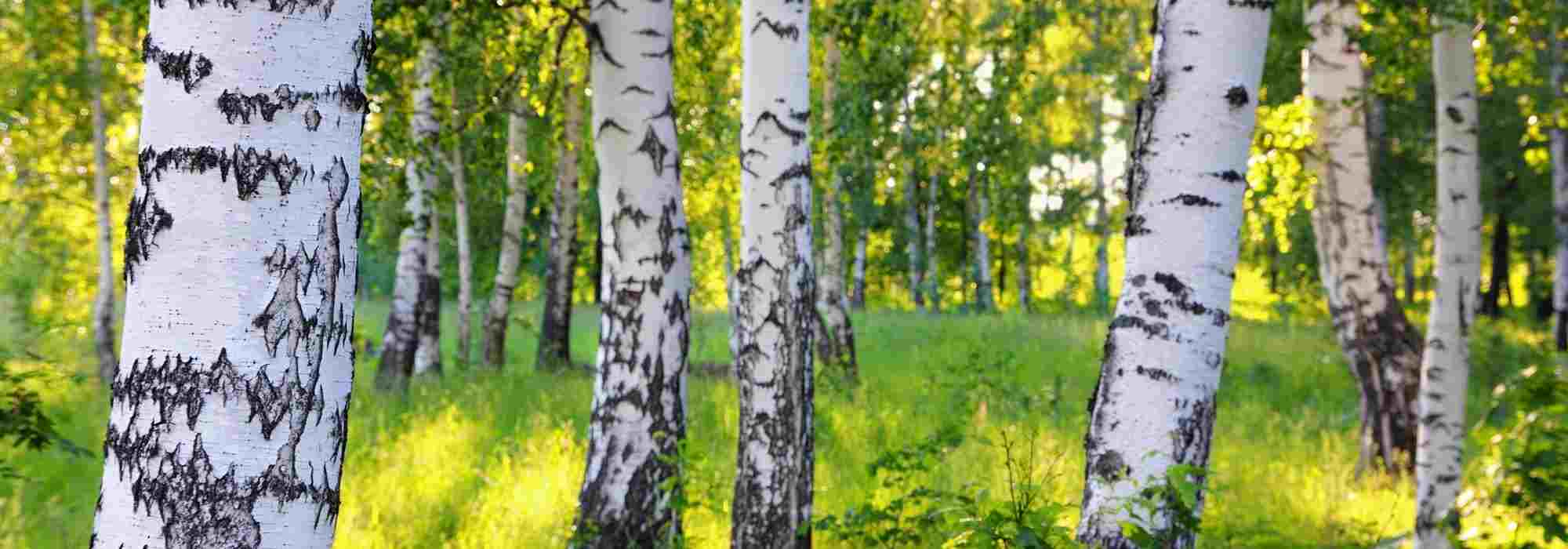
Diseases and pests of Birch
Identification, prevention and natural treatments
Contents
The birch is a deciduous tree easily recognisable by its bright white bark, slender silhouette, and the aments that beautifully adorn its branches in winter.
It is valued for its ease of cultivation, hardiness, and rapid growth, allowing a garden to be dressed in just a few years. While it is considered to be relatively resistant to diseases and pests, poor growing conditions can make it more vulnerable.
Let’s take a look at the main pests and diseases affecting birch: how to identify them, what preventive measures to take, and natural solutions to care for this tree.
Additionally, find all our tips for planting, pruning, and maintaining a birch in the dedicated sheet.
The birch borer
The bronze birch borer is a small beetle that attacks all species of birch by feeding on their foliage. Dark green to black, it has a bronze sheen and a square head. It is mainly the larvae that affect the tree, burrowing galleries beneath the bark. This gradually diminishes the flow of sap, disrupting the vascular system.
Symptoms are noticeable through the discoloration of leaves and their premature dropping, outside the normal autumn period. The tree then appears sparse and some branches are also affected, drying out before dying. On the trunk, perforations or swellings can be observed, shaped like a crescent or a D, sometimes accompanied by sap flow.
Female bronze birch borers first lay their eggs in the crevices at the top of the tree, before gradually moving down and infecting an increasingly larger area. In cases of significant attack, the birch can decline within one or several years.

Bronze birch borer
Prevention
Stressed trees or older specimens are generally more susceptible to attacks from this pest. Excessive heat, insufficiently cool soil, dehydration… all these factors weaken the birch. Scrapes from improper pruning, strong winds, or frost episodes also weaken the trees.
Therefore, ensure the maintenance of your birches by providing good growing conditions that promote healthy development: watering during dry spells, annual fertilisation to prevent nutrient deficiencies, sensible pruning, etc.
Natural Solutions
At the first signs of symptoms, cut and burn the affected and dying branches. If the infestation is recent, the rest of the tree may regenerate on its own.
It is worth noting that insecticides seem ineffective, as the larvae are hidden beneath the tree’s bark.
In cases of excessive infestation, felling will unfortunately often need to be considered.
Canker
Canker affecting birches is a fungus that attacks the wood. The branches dry out, the bark splits, and the trunk may become covered in calluses.
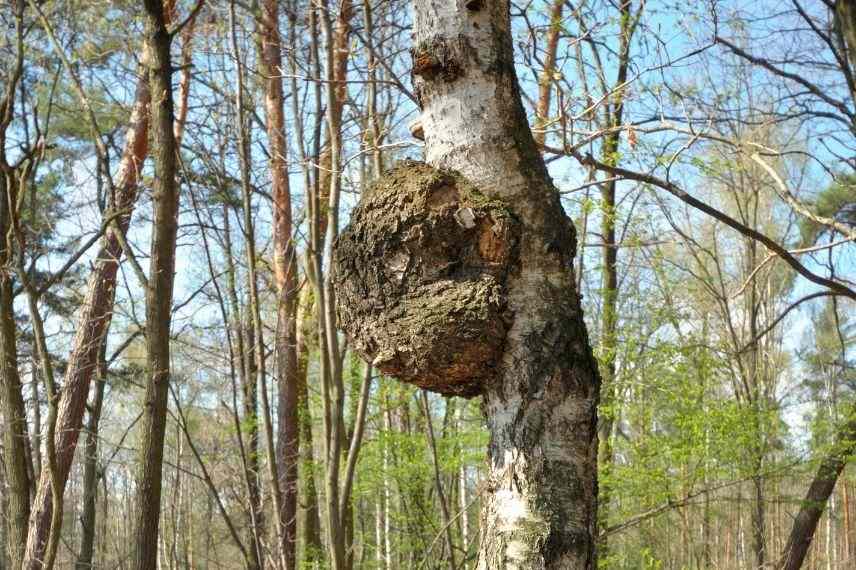
Birch affected by canker
Prevention
To prevent the spread of fungi, maintain a healthy and clean environment in the garden: remove plant debris, dispose of diseased branches or leaves without allowing them to decompose on the ground.
Birch does not really appreciate being pruned. If you need to trim a dangerous branch, always use clean, disinfected, and well-sharpened cutting tools. Additionally, apply a healing paste to the wounds, as these can be real entry points for fungi.
Natural Solutions
In the event of disease development, remove the affected branches and burn them to prevent any spread of spores to the rest of the tree or neighbouring plants.
In addition, use a fungicidal treatment, such as Bordeaux mixture or sulphur-based products, which should be sprayed on the affected areas.
Discover other Betula - Birch tree
View all →Available in 1 sizes
Available in 1 sizes
Available in 2 sizes
Available in 1 sizes
Available in 2 sizes
Available in 1 sizes
Available in 2 sizes
Available in 1 sizes
Available in 1 sizes
Available in 1 sizes
The honey fungus or armillaria
Honey fungus or Armillaria is another cryptogamic disease that affects ornamental trees and bushes, as well as fruit trees. It causes their decline.
This fungus present in the soil feeds on dead wood. The roots of the birch are initially infected and suffocated by the mycelium, gradually causing their rot. The fungus then colonises the rest of the tree.
Symptoms include: slowed growth, yellowing and wilting leaves, and dying shoots. A smell of rot and mould may emanate from the tree. However, these signs usually appear late, after the invisible development of the fungus on the roots, beneath the bark, and at the base of the trunk.
At the foot of the tree, colonies of fungi may also appear in cases of long-term infestation.
Additionally, we invite you to read our dedicated article: Armillaria or Honey Fungus: Recognise and Control this Tree Fungus.

Prevention
As is often the case, it is the already weakened, injured, or poorly cultivated subjects that are most likely to be affected by this disease. Soil that is too wet and not well-drained can, for example, be the cause of honey fungus development. Avoid excessive and regular additions of organic matter, which can upset the soil balance.
You may choose to grow species known to be resistant to this disease, such as the black birch (Betula nigra).
Never plant a birch in an area previously affected by this fungus, as the spores can persist in the soil for several years.
Natural Solutions
There is no real curative treatment for honey fungus or Armillaria. It is often too late when symptoms are spotted. Prevention is therefore even more important in combating this disease.
To limit the development of the fungus, it is necessary to remove the diseased tree and uproot its root system and stump. Do not replant anything in the affected area or renew the soil to at least 50 cm if you wish to cultivate again quickly.
The birch leaf miner
This is a larva of hymenopteran insects resembling a small caterpillar, which burrows its galleries in the leaves of the birch to feed.
The first symptoms are the appearance of white, grey, or light brown spots or stripes on the leaves. The larva may also be visible in its galleries beneath the epidermis of the leaf. The presence of black droppings may also be detected. Affected leaves eventually turn brown, dry out, and fall off.
The damage is mainly aesthetic and generally not fatal. However, a significant or repeated attack can weaken the birch and make it more susceptible to other diseases and pests.
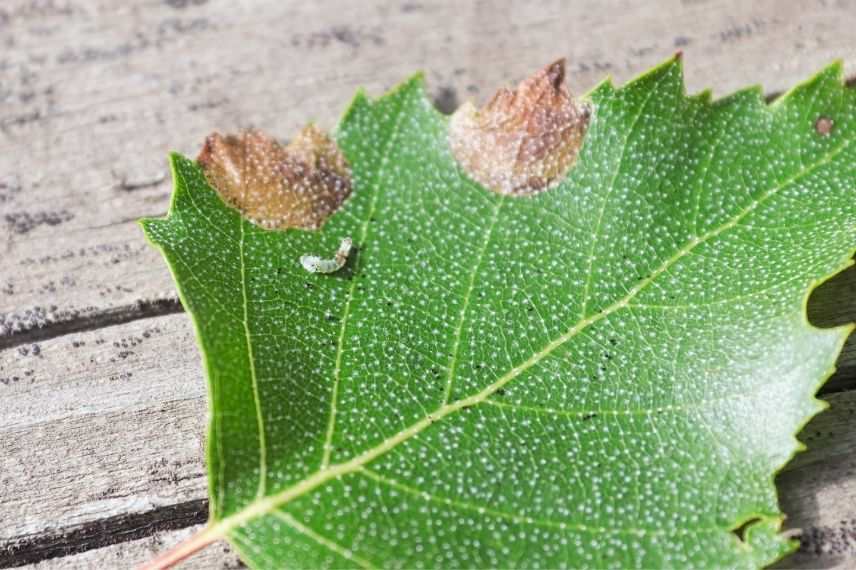
Larva on a birch leaf
Prevention
Avoid excessive regular applications of nitrogenous fertilisers, which make the tree more appealing to pests.
Ensure proper maintenance of your birch to make it more resistant to attacks: watering during dry periods, annual compost amendment or other fertilisers, etc.
Natural solutions
If the attack is recent and not well developed, cut off the damaged leaves and burn them to prevent any spread of the larvae.
Note that insecticides are often ineffective, as the larva is protected within the birch leaves.
- Subscribe!
- Contents
































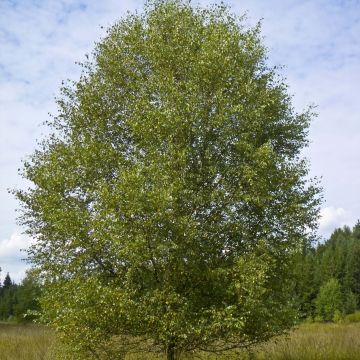
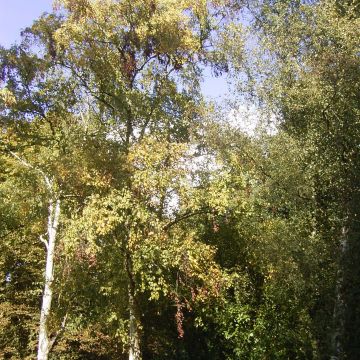
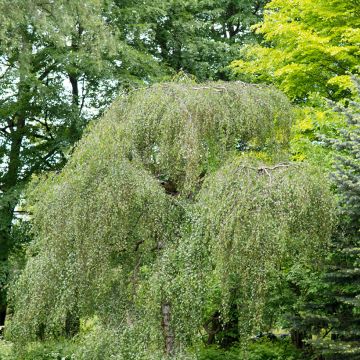
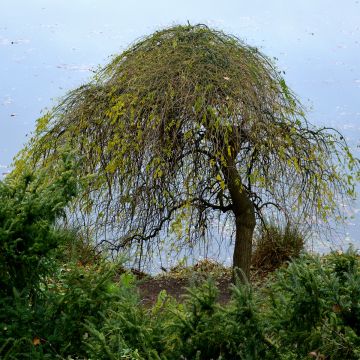
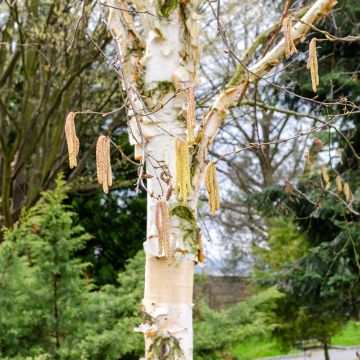
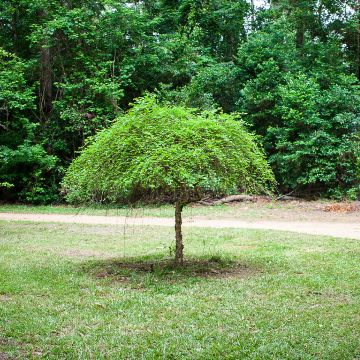
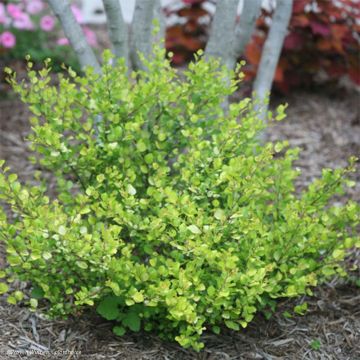
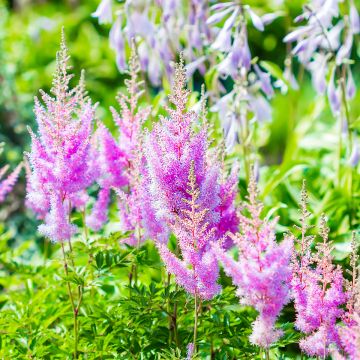

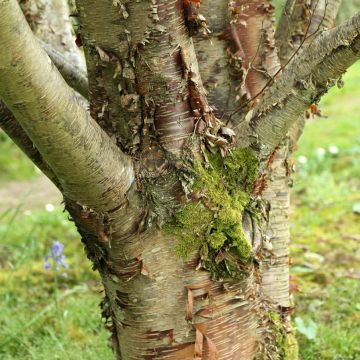
Comments